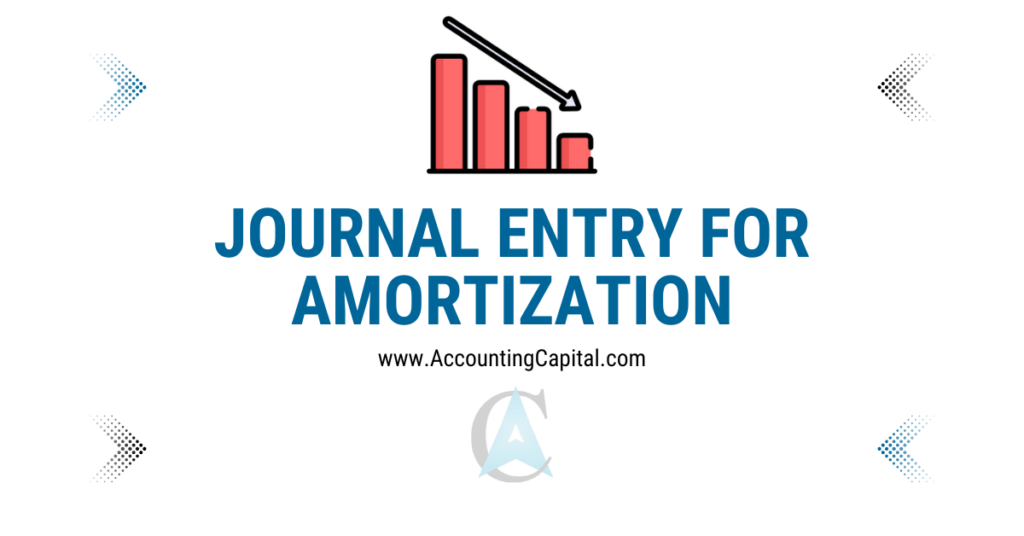Journal Entries
Introduction In accounting “capital” refers to the assets or money that a business owner invests into his or her business for it to start or grow. Whenever the owner introduces new assets into the business the event is recorded with the journal entry for introduction of capital as assets. Capital could be introduced in the […]
Introduction Along with already existing owner’s equity, new loans help businesses fund acquisitions, expand operations, buy assets, invest, refinance debt, and boost working capital. As a result, when borrowed money is repaid, the firm usually pays some sort of interest on top of the principal. This is recorded with the help of a journal entry […]
Introduction A fixed deposit as the name suggests is a “deposit of money” with a bank or a similar financial institution that is “fixed” for a set time. When a business makes such a deposit this event is recorded as a “journal entry to place money in fixed deposit”. When a fixed deposit reaches maturity, […]
Introduction At the beginning of an accounting period, opening stock refers to the value of inventory available for sale. Raw materials, finished goods, and work in progress are all included. Inventory is another word for stock, which is a current asset. In other words, it is the stock that was not sold in the previous […]
Introduction A cheque is a financial instrument that acts as a written order sent by the account holder to its bank instructing them to pay a certain amount of money to someone. Cheques are the most common bill of exchange used for business payments. Whenever an account owner writes a cheque, they authorise the bank […]
Introduction Many businesses buy goods or services on credit as it allows the purchasing company to receive goods or services immediately and pay for them at a later date. A creditor is an individual or entity to whom the business owes money for goods or services received. Working capital is often managed with short-term credit. […]
Introduction Generally, a business makes and receives payments through a bank account. It provides various services such as cheques, overdrafts, current accounts, loans, transfers, etc. These services are crucial to perform day-to-day business activities. Banks charge a fee for some of the services provided by them. It may also impose a penalty in cases of […]
Introduction A bank is a financial institution that helps individuals and businesses with fund requirements & financial transactions. A bank overdraft is when account holder(s) withdraw more money from their bank account than they have. It creates a credit balance in the account. Overdrafts usually come with interest. It’s like a fee for borrowing money. […]
Introduction In your business, a debtor is a party that owes money to you. Imagine you run a small stationery store. When someone comes into your shop and buys something but chooses to pay later, they become your debtor. In simple terms, they have an outstanding expense to settle with you for the items they […]
Introduction In your business, a debtor is a person or another business that owes money to your firm. For example, let’s say you have a small grocery shop. When someone comes into your shop and buys something but chooses to pay later, they become your debtor. They owe you money for the items they purchased. […]
As a general accounting term, “Goods” refer to tangible products or merchandise that a business buys or manufactures for the purpose of selling to customers. These goods can include various items such as electronics, clothing, furniture, groceries, etc. The acquisition of goods by an entity for resale to its customers is recorded as a purchase. […]
As a general accounting term, “Sales” refers to the revenue generated by a business by selling products or services. This is the income generated by the business’s core business operations. A firm records sales of its products or services as revenue on its financial statements. The amount of sales recorded is based on the selling […]
Amortization Journal Entry for Intangible Assets Example Entry using Accumulated Amortization A/c Example with Accumulated Amortization Treatment in the Financial Statements Journal Entry for Amortization of Patent Journal Entry for Amortization of Goodwill Is Amortization an Expense? Amortization means spreading out the cost of an intangible asset, like a patent or trademark, over the […]
The journal book must record every business transaction, which means entries need to be made. In accounting lingo, this is called a journal entry. We will provide you with 20 frequently asked journal entry examples on Google along with their logic. When following double-entry bookkeeping there needs to be at least 1 debit & 1 […]
Journal Entry for Salary Paid Salary is an indirect expense incurred by every organization with employees. It is paid as a consideration for the efforts undertaken by the employees for the business. Salary expense is recorded in the books of accounts with a journal entry for salary paid. Salary is among the most recurring transactions […]
Journal Entry for Rent Received If a business owns a property that is not being used then it may decide to rent it out and collect periodical payments as rent. Such a receipt is often treated as an indirect income and recorded in the books with a journal entry for rent received. This adds an […]
Paid Rent Journal Entry If a business does not own an office premise it may decide to hire a property and make periodical payments as rent. Such a cost is treated as an indirect expense and recorded in the books with a journal entry for rent paid. The party receiving the rent may book a […]
Journal Entry for Advance Received from a Customer In certain types of business transactions, it is a requirement for the customer to pay a part of the total amount or the entire sum in advance, for example – security deposit to rent a property, customized items, bulk orders, insurance premium, etc. As a result, journal […]
Journal Entry for Sales Returns or Return Inwards Sometimes due to various reasons goods sold by a company may be returned by the respective buyer(s). This may happen due to several different reasons, in business terminology, this action is termed a sales return or return inwards. Journal entry for sales returns or return inwards is […]
Journal Entry for Purchase Returns or Return Outwards Sometimes goods purchased by a business are unfit for use and may need to be returned to the respective supplier(s). This may happen due to several different reasons, in business terminology, this action is termed purchase returns or return outwards. Journal entry for purchase returns or returns […]
Journal Entry for Director’s Remuneration The word “Remuneration” means any money or its equivalent paid to someone in exchange for using their services. Any such payment made to directors of a company is to be recorded in the books of accounts with the help of a journal entry for director’s remuneration. Director’s remuneration is the […]
Bad Debts Journal Entry Example Bad Debts Adjustment in Final Accounts Bad Debt Recovery Journal Entry Provision for Bad Debts Journal Entry Practice Quiz Insolvency may cause some debtors to fail to pay their dues on time. Such partially or fully irrecoverable debts are called bad debts. Accounting and journal entry for bad debt expense […]
Journal Entry for Loan Payment (Principal & Interest) Loans are a common means of seeking additional capital by the companies. They can be obtained from banks, NBFCs, private lenders, etc. A loan received becomes due to be paid as per the repayment schedule, it may be paid in instalments or all at once. Below is […]
Journal Entry for Loan Taken From a Bank Banks and NBFCs are an integral part of an economy as they act as a support for companies by providing them additional cash leverage in the form of loans. Such a loan is shown as a liability in the books of the company. Following is the journal […]
Journal Entry for Carriage Outwards Carriage outwards is essentially the delivery expense related to selling of goods. Usually it is an expense for the seller and is charged as a revenue expenditure with the help of a journal entry for carriage outwards. The product may or may not be for resale, the word “Outwards” shows […]

